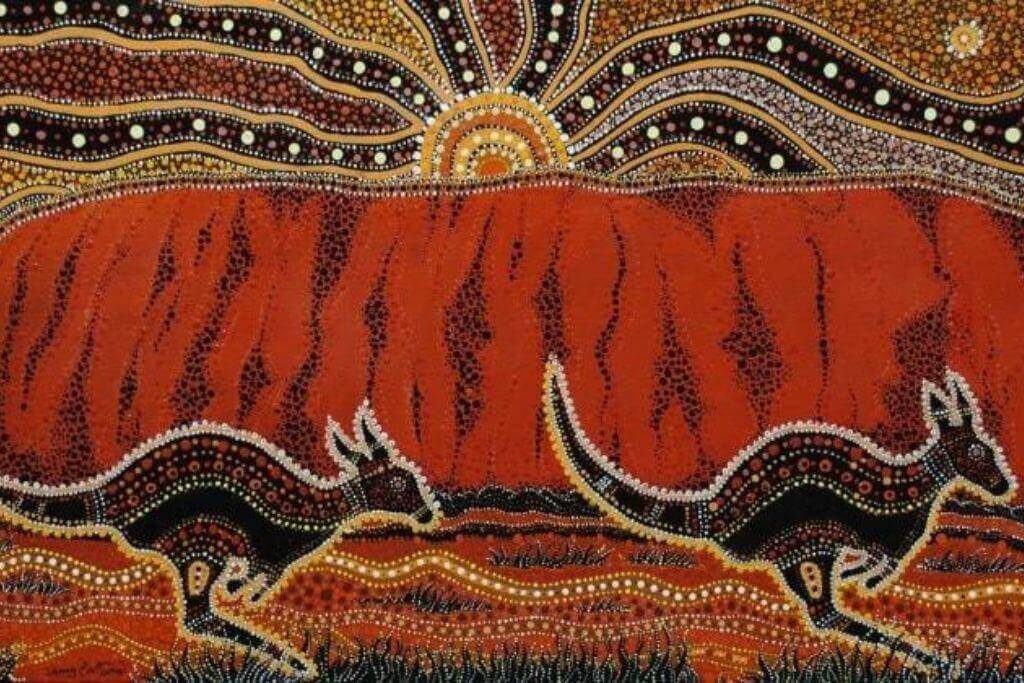The Aboriginal people have been using artistic designs and symbols to share stories and messages vital to their culture for thousands of years. When iconography is used, it transforms any surface, body, or object into something with religious or traditional meaning. Let’s explore the history and interesting facts about Australian aboriginal art symbols and famous aboriginal artists.
Australian Aboriginal Art History
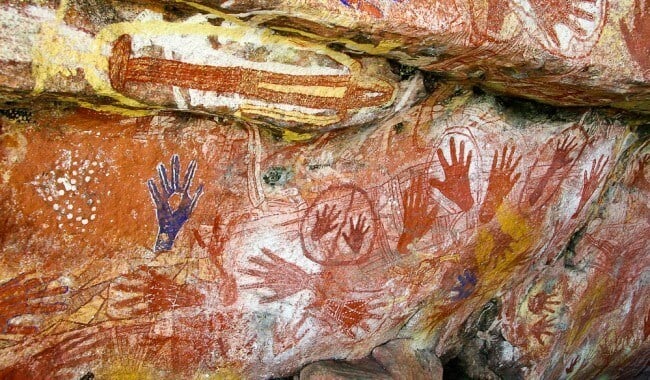
The earliest paintings were not created until the 1930s, although Australian Aboriginals had been utilizing ochres as body paint on bark and rocks for tens of thousands of years. At the Hermannsburg mission near Alice Springs, these were painted in watercolors rather than ochre or dot art.
They portrayed arid vistas. The most well-known of the early Aboriginal watercolor artists, Albert Namatjira, organized the first exhibition in 1937. In Adelaide, there was his exhibition.
Watercolors were mostly used by painters up to the early 1970s. In 1948, an art and craft center was established at the Ernabella mission, and ochre and bark paintings were beginning to be made available to non-indigenous enthusiasts.
Traditionally, Aboriginal paintings were created in conjunction with songs or stories and painted on rock walls, ceremonial objects, body paint, and, most significantly, in soil or sand. Only 50 years ago, the first canvas and board paintings appeared.
Aboriginal Art Symbols Meanings
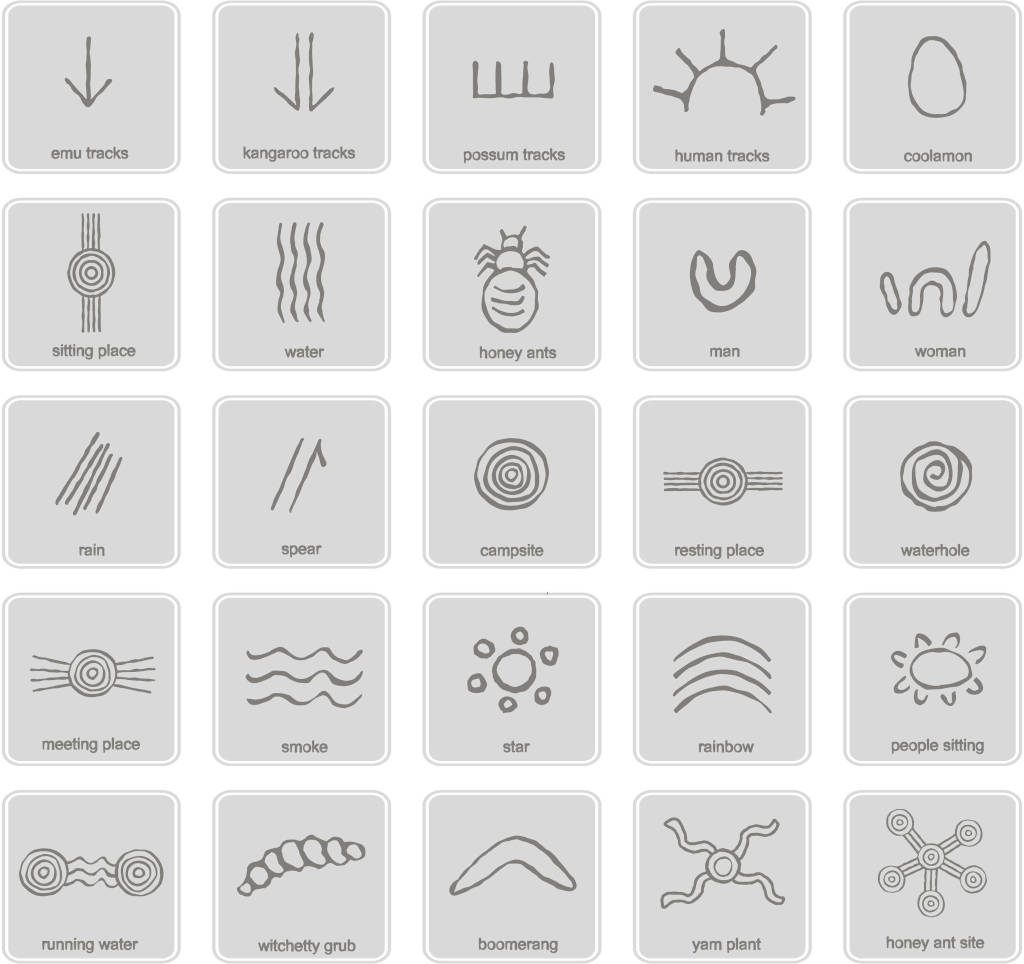
Since the Aboriginal People have no written language, their essential cultural stories are passed down through the centuries via symbols and images in their artwork.
The information must be transmitted to preserve their culture. The storytelling element is central to indigenous art. It serves as a chronicle to provide information about the land, historical occurrences, and Aboriginal people’s beliefs.
The use of symbols is an alternative method for recording culturally significant narratives that teach about survival and land usage. Depending on the audience, different people will interpret the iconography differently.
It would take on a simpler form when being taught to children, focusing on the educational and behavioral aspects. The story may contain both factual information and moral lessons. Children have been instructed on what is right and wrong, as well as the effects of both good and poor behavior.
When instructing initiated elders, the stories would, however, be interpreted in a different and higher-level way.
Read more Tiwi Islands Aboriginal Culture Tours: What To Expect?
10 Interesting Facts About Aboriginal Art Maybe You Didn’t Know!
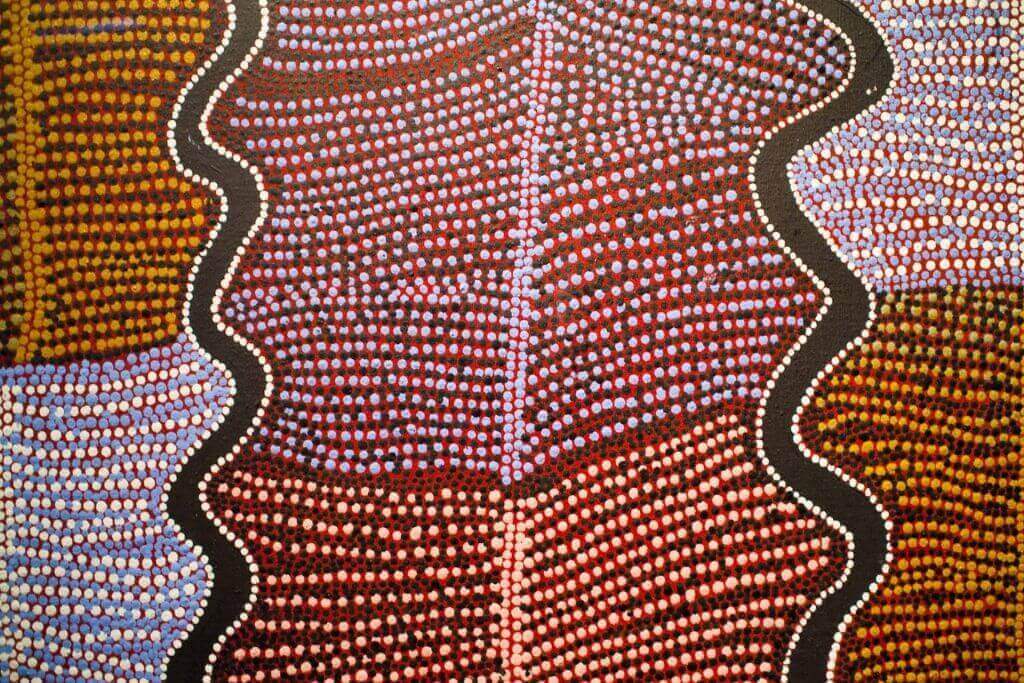
- A significant amount of current Aboriginal art is derived from significant old tales and symbolism that are focused on “the Dreamtime,” which is believed by Indigenous people to be the time when the world was created.
- An alternative to written language is the usage of indigenous symbols.
- When it comes to old and significant stories, especially those that include sacred or secret knowledge, an artist needs to receive permission to depict the subject matter. Traditional Aboriginal painters cannot depict a narrative that does not originate from their family.
- Only fifty years ago did Aboriginal art first appear on canvas and board: The paintings that we now see on canvas were historically scratched or drawn on rock walls, used as body paint or on ritual objects, and crucially, created in sand or mud while being accompanied by music or stories.
- The basic root of dot painting can be traced to the Aboriginal people’s fear that the white man would be able to see and comprehend their sacred and personal knowledge. To hide the hidden iconography (symbols) underneath, dots were used.
- The National Gallery of Australia (NGA) purchased Clifford Possum Tjapaltjarri’s painting “Warlugulong” in 2007 for $2.4 million, making it the highest-priced piece of Aboriginal art to date.
- Indigenous Australian languages often have three levels: a ceremonial/spiritual level, a general level, and a children’s or “public” level. Indigenous person gains more linguistic proficiency as they mature, as well as an understanding of their culture, customs, and nation.
- It’s a terrible misunderstanding that Truganini was the final member of the Tasmanian Aboriginal population.
- Similar to how there is no “right” or “wrong” way to hold a map, there is no “right” or “wrong” way to hang Aboriginal art. Most art from the Central & Western Desert is an aerial representation of the area.
- Indigenous names for both sexes occasionally surface; these names are referred to as “skin names” and are less obvious than surnames. It is a complicated kinship system that establishes a person’s relationship with others, as well as their tasks and obligations toward them, their land, and for ceremonies.
Related post Indigenous Art Canada: Much More Than You Think!
Top 5 Famous Aboriginal Artists
Elizabeth Kam Kngwarreye
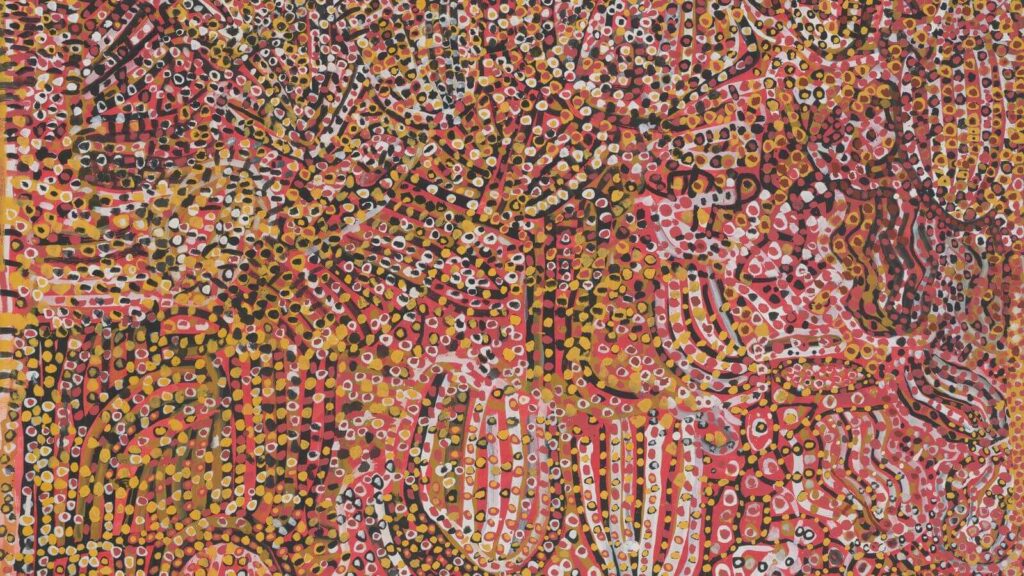
An Aboriginal Australian artist from the Utopia settlement in the Northern Territory named Emily Kame Kngwarreye (or Emily Kam Ngwarray) passed away in September 1996. She is regarded as one of Australia’s most well-known and accomplished artists.
Minnie Pwerle

Australian Aboriginal artist Minnie Pwerle was born between 1910 and 1922 and passed away on March 18, 2006. She is from Utopia, Northern Territory, a cattle ranch located 300 kilometers (190 miles) northeast of Alice Springs in the Sandover region of Central Australia.
Albert Namatjira
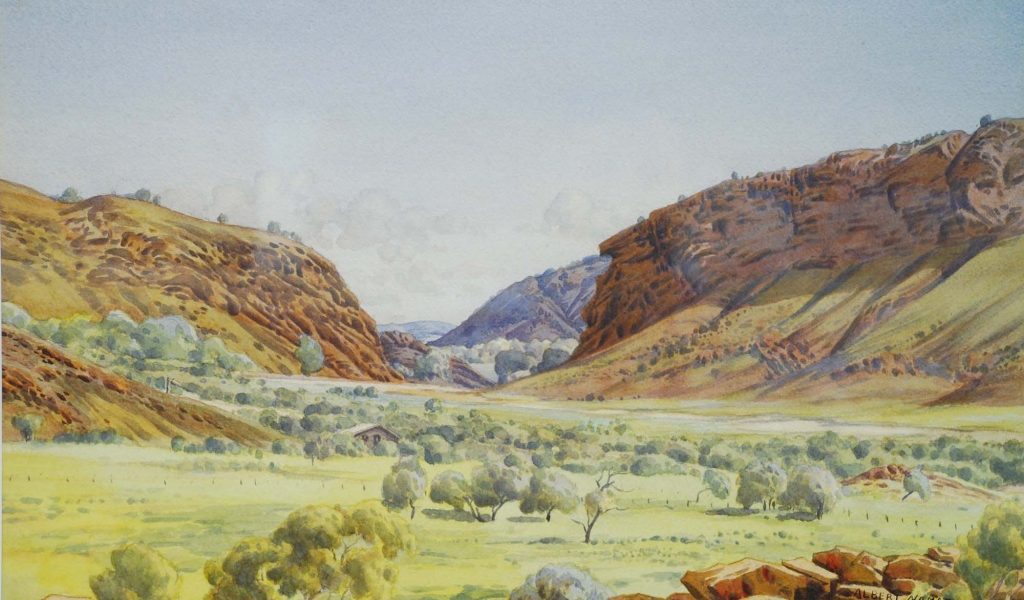
From the MacDonnell Ranges in Central Australia, Albert Namatjira (born Elea Namatjira; 28 July 1902 – 8 August 1959) was an Arrernte painter. One of Australia’s greatest and most influential painters, he is highly regarded.
He was maybe one of the most well-known Indigenous Australians of his day and a pioneer of contemporary Indigenous Australian art. He was the first prominent Aboriginal artist from Australia.
Dorothy Napangardi
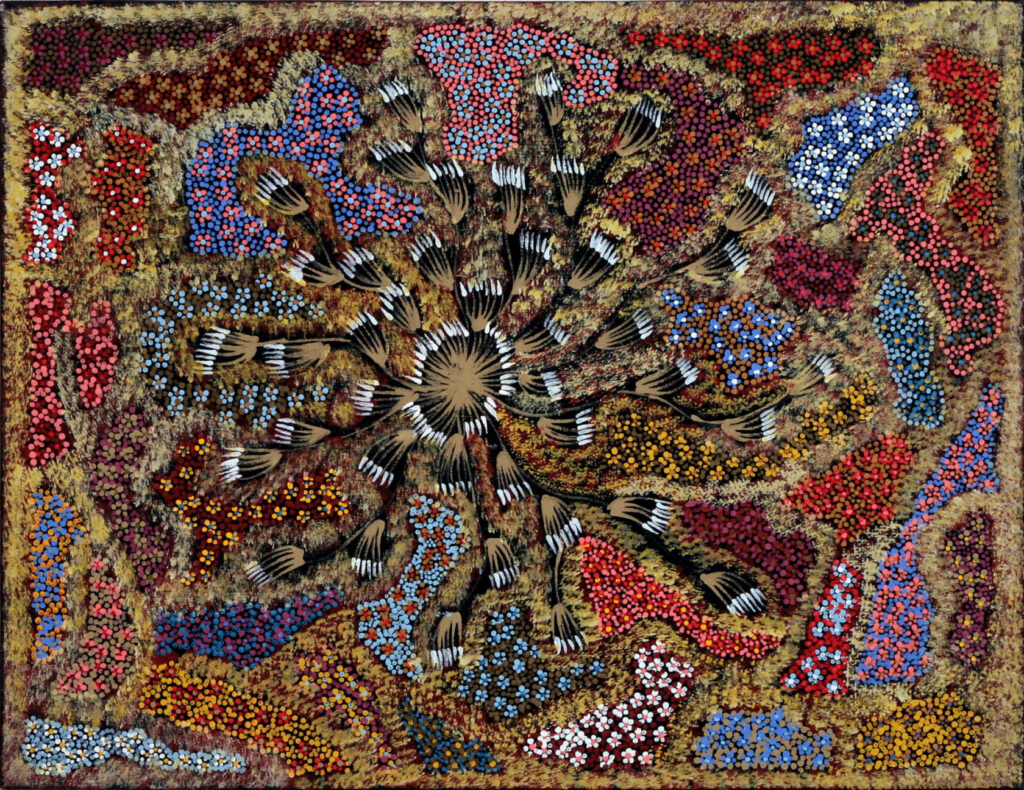
Modern Indigenous Australian artist Dorothy Napangardi was born in the Tanami Desert and lived and worked in Alice Springs from the early 1950s until her death on June 1, 2013.
Despite her minimal academic education, she was taught about the historical Dreaming of her people. The Warlpiri word “Jukurrpa,” which describes the beginnings and movements of ancestor creatures in the country and denotes holy spots where the spirits reside, is translated as “Dreaming” in an imperfect manner into English.
Rover Thomas
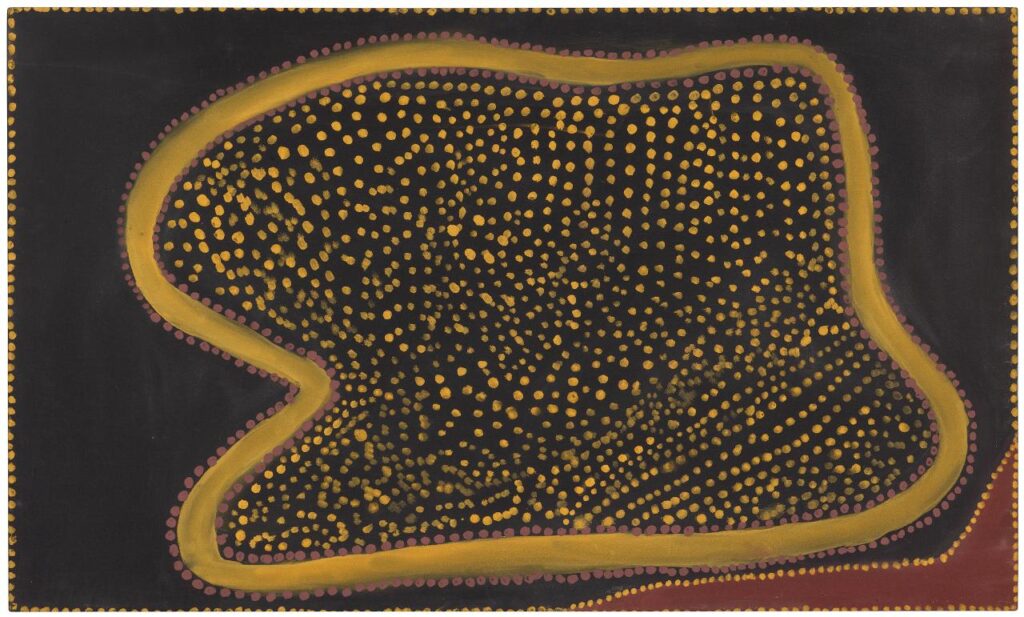
“Rover, Rover” Aboriginal Australian artist Thomas, also known as Thomas Joolama, lived from approximately 1926 to 11 April 1998. Early in the 1980s, Thomas started painting ochre on canvas and swiftly rose to prominence as a founder of the East Kimberley School.
At the National Gallery of Australia in Canberra, he was the subject of the landmark solo exhibition Roads Cross: The Paintings of Rover Thomas, which was presented in 1994.
One of eight solo and group exhibitions by Indigenous Australian artists held in 2000 at Russia’s renowned Nicholas Hall at the Hermitage Museum included Thomas’ work.
Post for you 10 Facts About Australian Culture You Should Know
